 What is the difference between event and custom event?
What is the difference between event and custom event?
In the dynamic world of software development, the use of custom events has emerged as a key strategy for crafting more flexible and powerful applications. The question arises: why should developers opt for custom events, and what advantages do they bring to the table? Let’s explore the myriad benefits of incorporating custom events into your coding arsenal.
Custom events, at their core, provide a level of flexibility that is often indispensable in the ever-evolving landscape of software development. Unlike standard events that come prepackaged with limited functionalities, custom events empower developers to define their event types. This flexibility allows for the creation of events tailored to the unique needs of an application, providing a bespoke solution for specific scenarios.
One compelling reason to embrace custom events is their role in fostering modularity within codebases. When developers create their event types and trigger them programmatically, they introduce a modular structure that enhances code organization and maintainability. Modular code is like a well-organized toolbox, with each custom event serving as a specialized tool designed for a particular purpose. This modularity not only streamlines development but also facilitates easier debugging, testing, and future enhancements.
The reusability of code is another significant advantage that custom events bring to the development process. Once a custom event is defined, it can be reused across various sections of the application, eliminating the need to duplicate code for similar functionalities. This not only reduces redundancy but also ensures consistency in behavior, making the codebase more robust and easier to manage.
The extensibility of custom events is a key factor that sets them apart from their standard counterparts. When developers build applications with custom events, they create a foundation that can easily adapt to changes and additions. New features can be seamlessly integrated by introducing new custom events or extending existing ones, providing a scalable approach to development. This adaptability is particularly crucial in today’s fast-paced technological landscape, where applications must evolve to meet changing user expectations and industry standards.
Communication between different parts of an application is a common challenge in software development. Custom events serve as a powerful communication mechanism, allowing disparate components to interact seamlessly. By triggering and listening to custom events, developers establish a communication channel that enables different modules or components to exchange information without tight coupling. This loose coupling enhances the overall maintainability of the codebase and facilitates collaborative development efforts.
In conclusion, the adoption of custom events is a strategic move that pays dividends in terms of flexibility, modularity, reusability, and extensibility. By creating and triggering custom events, developers infuse their applications with a level of adaptability that is crucial for staying agile in a rapidly changing technological landscape. The use of custom events goes beyond mere coding; it represents a mindset shift towards building applications that are not only functional but also resilient to future challenges and innovations. As the demand for more dynamic and responsive software continues to rise, custom events stand out as a fundamental building block for developers aspiring to create applications that truly stand the test of time.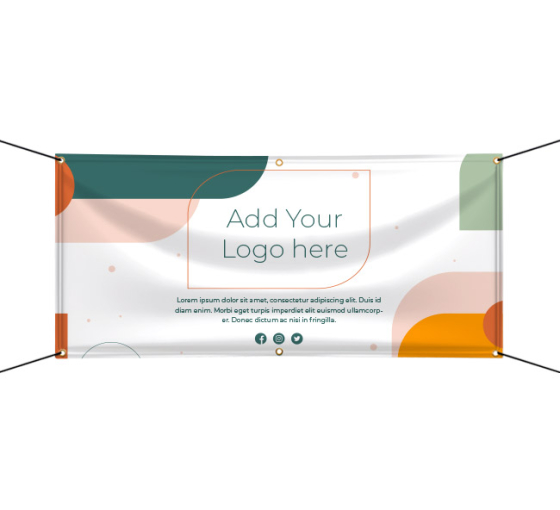
Why use custom events?
In the dynamic world of software development, the use of custom events has emerged as a key strategy for crafting more flexible and powerful applications. The question arises: why should developers opt for custom events, and what advantages do they bring to the table? Let’s explore the myriad benefits of incorporating custom events into your coding arsenal.
Custom events, at their core, provide a level of flexibility that is often indispensable in the ever-evolving landscape of software development. Unlike standard events that come prepackaged with limited functionalities, custom events empower developers to define their event types. This flexibility allows for the creation of events tailored to the unique needs of an application, providing a bespoke solution for specific scenarios.
One compelling reason to embrace custom events is their role in fostering modularity within codebases. When developers create their event types and trigger them programmatically, they introduce a modular structure that enhances code organization and maintainability. Modular code is like a well-organized toolbox, with each custom event serving as a specialized tool designed for a particular purpose. This modularity not only streamlines development but also facilitates easier debugging, testing, and future enhancements.
The reusability of code is another significant advantage that custom events bring to the development process. Once a custom event is defined, it can be reused across various sections of the application, eliminating the need to duplicate code for similar functionalities. This not only reduces redundancy but also ensures consistency in behavior, making the codebase more robust and easier to manage.
The extensibility of custom events is a key factor that sets them apart from their standard counterparts. When developers build applications with custom events, they create a foundation that can easily adapt to changes and additions. New features can be seamlessly integrated by introducing new custom events or extending existing ones, providing a scalable approach to development. This adaptability is particularly crucial in today’s fast-paced technological landscape, where applications must evolve to meet changing user expectations and industry standards.
Communication between different parts of an application is a common challenge in software development. Custom events serve as a powerful communication mechanism, allowing disparate components to interact seamlessly. By triggering and listening to custom events, developers establish a communication channel that enables different modules or components to exchange information without tight coupling. This loose coupling enhances the overall maintainability of the codebase and facilitates collaborative development efforts.
In conclusion, the adoption of custom events is a strategic move that pays dividends in terms of flexibility, modularity, reusability, and extensibility. By creating and triggering custom events, developers infuse their applications with a level of adaptability that is crucial for staying agile in a rapidly changing technological landscape. The use of custom events goes beyond mere coding; it represents a mindset shift towards building applications that are not only functional but also resilient to future challenges and innovations. As the demand for more dynamic and responsive software continues to rise, custom events stand out as a fundamental building block for developers aspiring to create applications that truly stand the test of time.
Why are banners called banners?
Banners have been a ubiquitous form of expression and communication throughout human history, serving diverse purposes from religious ceremonies to military campaigns. But why exactly are these expressive pieces of fabric referred to as “banners”? Delving into the etymology of the word offers insights into the historical roots of this ancient craft.
The art of banner-making is far from a modern invention; it is a practice deeply embedded in history. One of the traditional uses of banners can be traced back to religious settings, where these vibrant pieces of fabric commonly portrayed saints to whom churches were dedicated. The symbolism and imagery depicted on these church banners added a visual dimension to religious worship, aiding in the spiritual connection between the congregation and the revered figures.
The term “banner” itself has a rich linguistic history. Its roots can be traced back to the Old French word “baniere” (modern French: bannière), which, in turn, finds its origin in Late Latin “bandum.” Interestingly, this Latin term was borrowed from a Germanic source, specifically drawing parallels with the Gothic language in which it is represented as “𐌱𐌰𐌽𐌳𐍅𐌰” (bandwa).
The journey of the word “banner” from Old French to Latin and ultimately to its Germanic origin reflects the historical interactions and linguistic exchanges that have shaped the development of language over time. The term has retained its essence, traversing through different cultures and epochs while maintaining its association with these expressive, often symbolic, pieces of fabric.
In the context of banner-making, the word “banner” is not just a label; it carries a deeper significance rooted in its linguistic evolution. The Germanic influence evident in the Gothic representation of “bandwa” hints at the practical nature of banners in early societies. Banners were not merely ornamental; they were functional instruments used to signify identity, allegiance, or purpose.
In medieval times, banners played a crucial role in warfare, where they were emblazoned with symbols, colors, or coats of arms to identify different factions on the battlefield. The prominence of banners in military contexts underscores their role as visual markers, helping soldiers navigate the chaos of war while fostering a sense of unity among allies.
As language evolves, so too does its capacity to encapsulate the essence of human endeavors. The term “banner” has transcended its linguistic origins to become a universal descriptor for these expressive and often ceremonial pieces of fabric. Whether in religious processions, military campaigns, or modern advertising, banners continue to be powerful mediums of communication.
In conclusion, the journey of the word “banner” reveals a fascinating intersection of linguistic evolution and human history. From its Old French roots to the borrowing from Late Latin and the underlying influence of Germanic languages, the term encapsulates the rich tapestry of cultural and historical exchanges. Understanding why banners are called banners involves unraveling this linguistic tapestry, ultimately connecting us to the enduring legacy of a craft that has been integral to human expression for centuries.
What are event banners made of?
Event banners, with their vibrant designs and eye-catching displays, have become an integral part of various occasions, from conferences to trade shows and outdoor festivities. The question of what materials constitute these banners sheds light on the versatility and durability required to make a visual impact in diverse settings.
Event banners can be broadly categorized into two main types: indoor and outdoor banners. Each type is crafted with specific materials tailored to withstand the unique challenges posed by its intended environment.
For indoor settings, where the elements are controlled and the emphasis is on visual appeal and portability, three primary types of banners come to the forefront: retractable banners, pop-up displays, and fabric banners. These banners are designed to capture attention in a confined space, offering versatility and ease of use.
Retractable banners are a popular choice for indoor events due to their convenient design. Typically featuring a roll-up mechanism, these banners are made of durable materials such as vinyl or polyester. The retractable feature not only enhances portability but also protects the banner during transportation and storage, ensuring it remains in pristine condition for repeated use.
Pop-up displays, another indoor favorite, are often made of lightweight materials such as fabric or polyester. These banners are known for their ease of setup and striking visual impact. The flexibility of the material allows for vibrant, high-resolution graphics, making them ideal for exhibitions and trade shows where attracting attention is paramount.
Fabric banners, as the name suggests, are crafted from various fabric materials, offering a softer and more textured appearance compared to their vinyl counterparts. Fabric banners are a versatile choice for indoor events, providing a visually appealing and sophisticated backdrop for presentations, booths, or stage settings.
On the flip side, outdoor banners face a different set of challenges, including exposure to weather conditions such as rain, wind, and sunlight. To withstand these elements, outdoor banners are typically made of weatherproof materials.
Vinyl banners are a popular choice for outdoor events due to their durability and weather resistance. The vinyl material is sturdy, waterproof, and UV-resistant, making it suitable for prolonged exposure to the elements. These banners are commonly used for promoting events, product launches, or as signage at outdoor venues.
Mesh banners, designed with small perforations to allow wind to pass through, are another excellent option for outdoor use. This feature makes them resistant to strong winds, reducing the risk of damage or displacement. Mesh banners are often used in settings where wind conditions are a concern, such as on fences or building exteriors.
Step and repeat banners, frequently seen at red carpet events, are crafted from materials like vinyl or fabric. These banners showcase a repeated pattern, often featuring logos or branding, creating a visually appealing backdrop for photo opportunities.
In conclusion, the materials used to create event banners are as diverse as the events themselves. Whether for indoor or outdoor use, the choice of materials reflects the need for durability, visual appeal, and functionality in specific settings. From the convenience of retractable banners to the weather-resistant qualities of vinyl and mesh banners, each material contributes to the overall success of an event by providing a visually captivating and resilient means of communication.




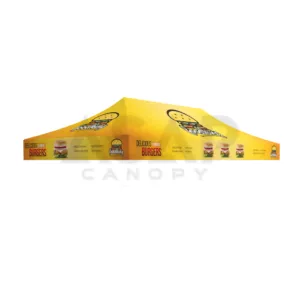
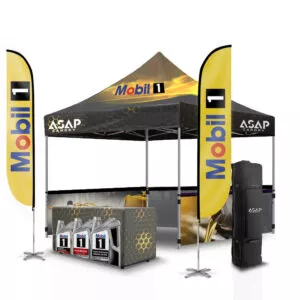


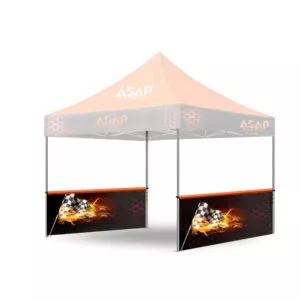
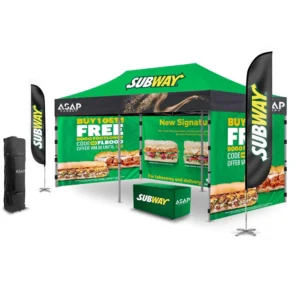

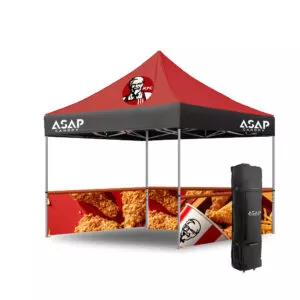
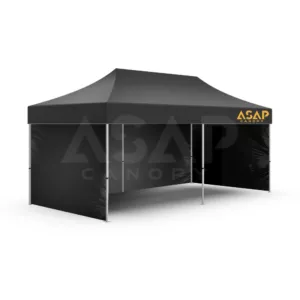





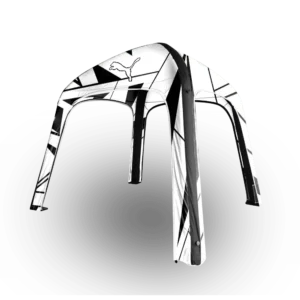



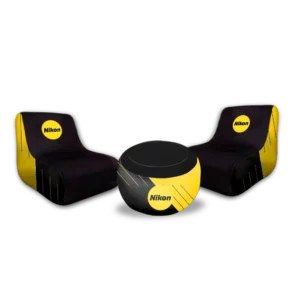




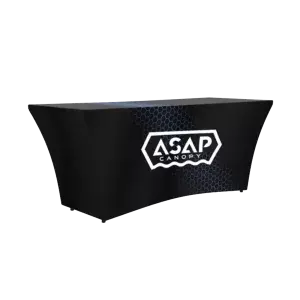

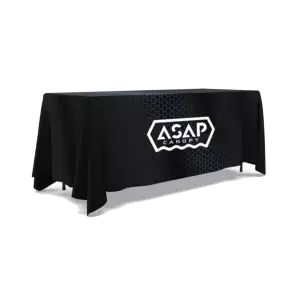





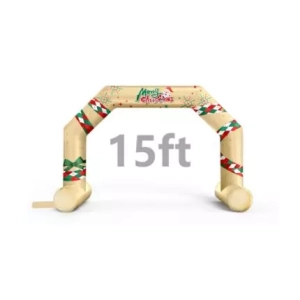





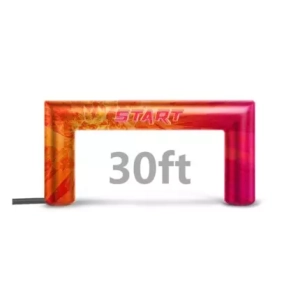





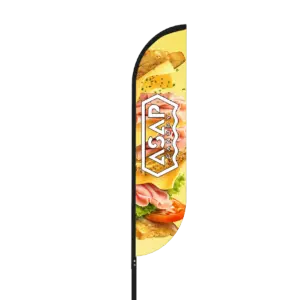


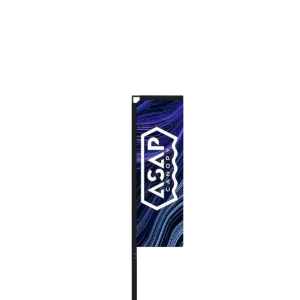

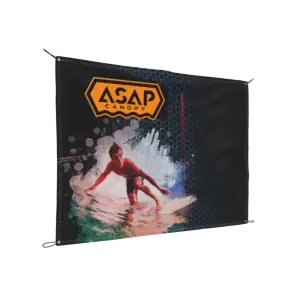
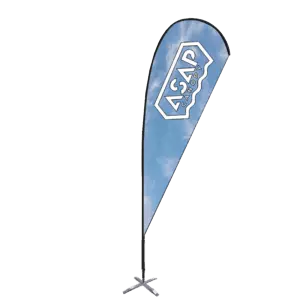

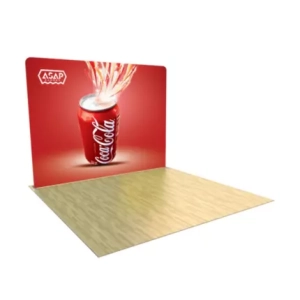

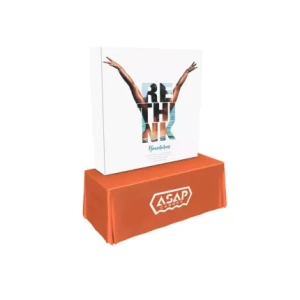
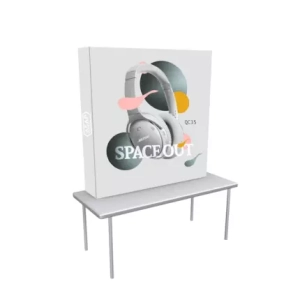
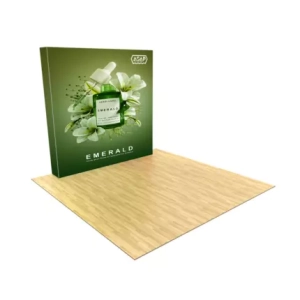


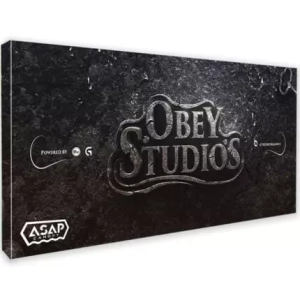






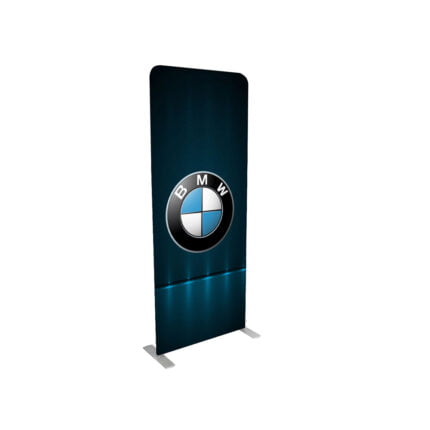
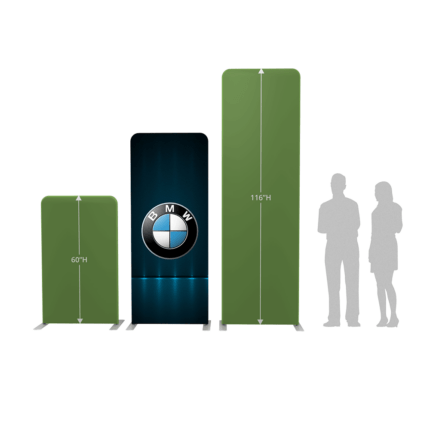
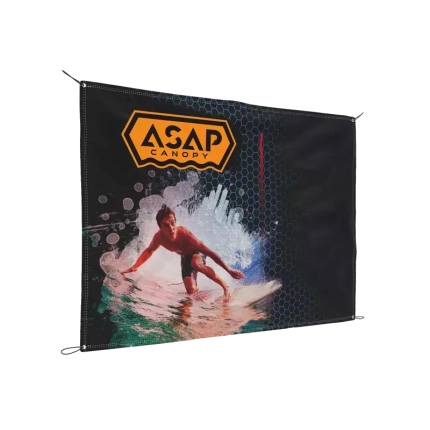



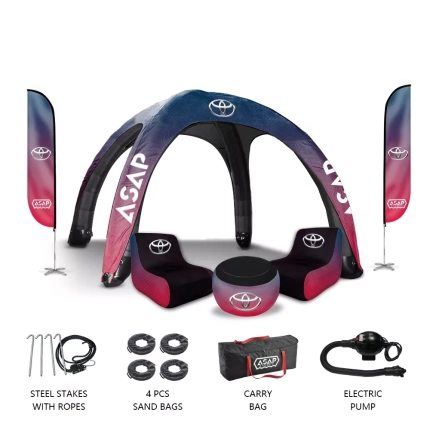

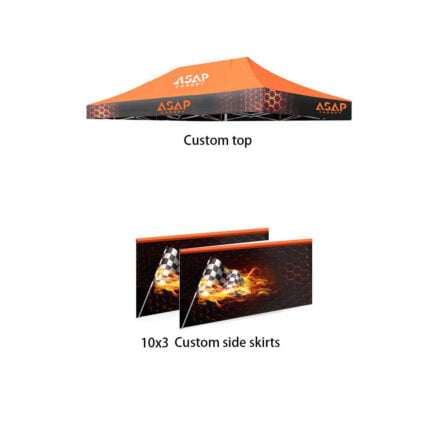



 5×5 Pop Up Tent
5×5 Pop Up Tent 6.5×6.5 Pop Up Tent
6.5×6.5 Pop Up Tent 10×10 Canopy Tent
10×10 Canopy Tent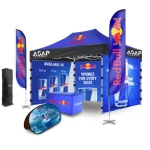 10×15 Canopy Tent
10×15 Canopy Tent 10×20 Canopy Tent
10×20 Canopy Tent Canopy Options
Canopy Options Blank Canopy Top
Blank Canopy Top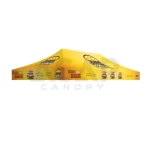 Canopy Top
Canopy Top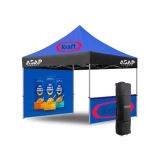 Canopy Walls
Canopy Walls Canopy Side Skirt
Canopy Side Skirt Blank Canopy
Blank Canopy Blank Canopy Kit
Blank Canopy Kit
 Inflatable Canopy Tents 10×10
Inflatable Canopy Tents 10×10 Inflatable Canopy Tents 13×13
Inflatable Canopy Tents 13×13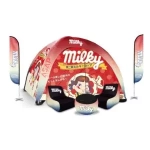 Inflatable Canopy Tents 16×16
Inflatable Canopy Tents 16×16 Inflatable Canopy Tents 20×20
Inflatable Canopy Tents 20×20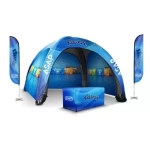 Inflatable Canopy Tents 23×23
Inflatable Canopy Tents 23×23 Inflatable Canopy Tents 26×26
Inflatable Canopy Tents 26×26 Inflatable Spider Tents
Inflatable Spider Tents Inflatable Dome Tents
Inflatable Dome Tents Inflatable Eclipse Tents
Inflatable Eclipse Tents Inflatable Party Tent
Inflatable Party Tent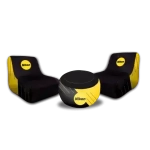 Inflatable Furniture
Inflatable Furniture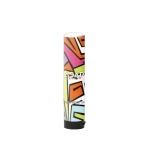 Inflatable Pillar
Inflatable Pillar
 Single Pole Star Tents
Single Pole Star Tents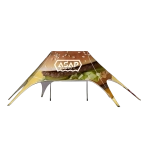 Double Pole Star Tents
Double Pole Star Tents
 15FT Inflatable Arches
15FT Inflatable Arches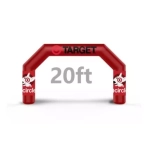 20FT Inflatable Arches
20FT Inflatable Arches 25FT Inflatable Arches
25FT Inflatable Arches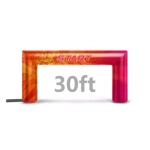 30FT Inflatable Arches
30FT Inflatable Arches 40FT Inflatable Arches
40FT Inflatable Arches 50FT Inflatable Arches
50FT Inflatable Arches Custom Constant Arches
Custom Constant Arches Custom Sealed Arches
Custom Sealed Arches
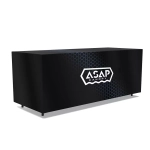 Fitted Table Covers
Fitted Table Covers Stretch-Fit Table Covers
Stretch-Fit Table Covers Loose Table Throws
Loose Table Throws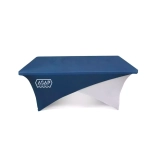 Cross-Over Stretch-Fit Table Cover
Cross-Over Stretch-Fit Table Cover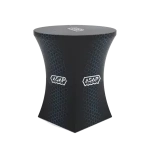 Round Stretch-Fit Table Cover
Round Stretch-Fit Table Cover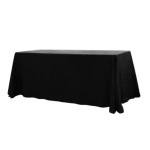 Blank Table Throws
Blank Table Throws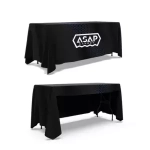 3-Sided Loose Table Throw
3-Sided Loose Table Throw Round Fitted Table Covers
Round Fitted Table Covers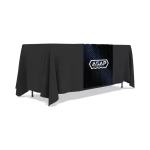 Table Runners
Table Runners Square Table Covers
Square Table Covers
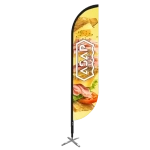 Feather Flags
Feather Flags Blade Flags
Blade Flags Feather Banner
Feather Banner Blade Banner
Blade Banner Teardrop Flags
Teardrop Flags Teardrop Banner
Teardrop Banner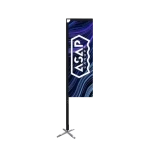 Rectangle Flags
Rectangle Flags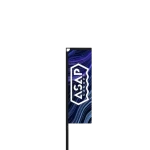 Rectangle Banner
Rectangle Banner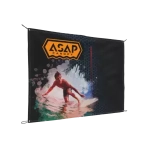 Mesh Event Banners
Mesh Event Banners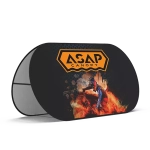 Pop Out Banner Horizontal
Pop Out Banner Horizontal Pop-Out Banner Vertical
Pop-Out Banner Vertical
 Trade Show Display
Trade Show Display Trade Show Display Kit
Trade Show Display Kit Pop Up Trade Show Display
Pop Up Trade Show Display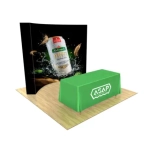 Pop Up Trade Show Display Deluxe Kit
Pop Up Trade Show Display Deluxe Kit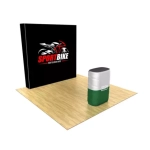 Pop Up Trade Show Display Kit
Pop Up Trade Show Display Kit TableTop Displays Kit
TableTop Displays Kit Pop Up Tabletop Display Kit
Pop Up Tabletop Display Kit Pop Up Tabletop Display
Pop Up Tabletop Display Tabletop Display
Tabletop Display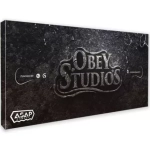 Straight Trade Show Exhibit Booth
Straight Trade Show Exhibit Booth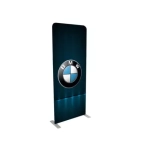 Banner Stand
Banner Stand
 Tent Accessories
Tent Accessories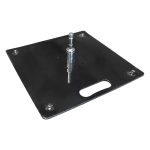 Flag Accessories
Flag Accessories Arch Accessories
Arch Accessories Trade Show Accessories
Trade Show Accessories
